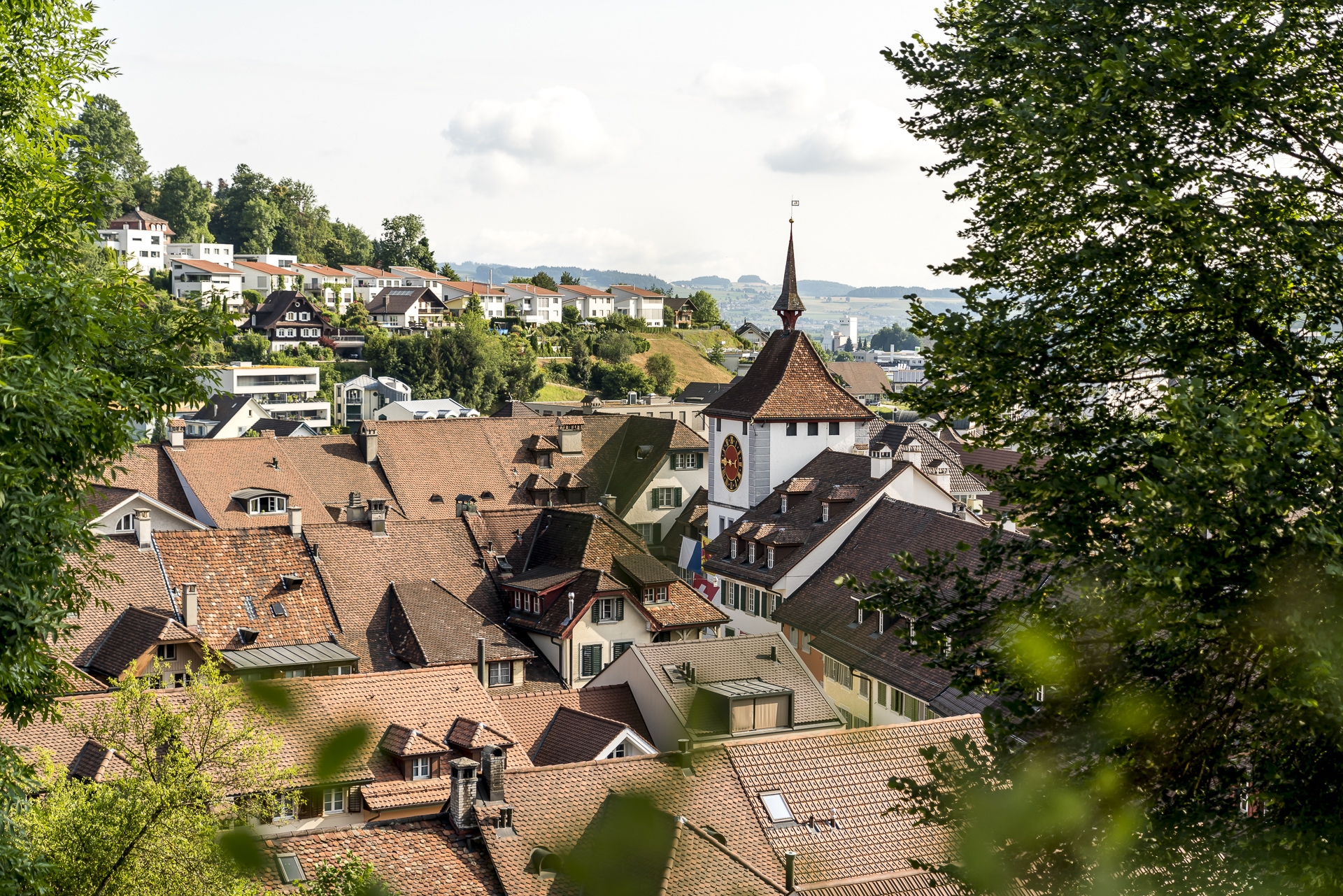
Make your own gin & crack the Willisauer Ringli: our visit to the Städtli Willisau
Advertising: this article was produced in cooperation with BLS
Who doesn’t know them, the bite-firm Willisauer Ringli? Associated with this is the ever-admonishing “süggälä” and the question of where the hole in the middle comes from? Until recently, the traditional pastry was the only thing I knew about the historic town in Lucerne’s hinterland. There are many exciting things to discover in and around Willisau. We took a day and roamed through the alleys of Willisau. There we were not only guided to a special viewpoint, but also learned how gin is made.
Entertaining city tour through Willisau
Willisau welcomes us with bright sunshine and spruced-up alleys. “The flags are not hoisted because of you,” says city guide Evelyne Huber with a laugh and explains that they decorate the main street all summer long. We arranged to meet Evelyne Huber in front of the town hall. The building, which was once built as a department store, is the most representative building along the main street.
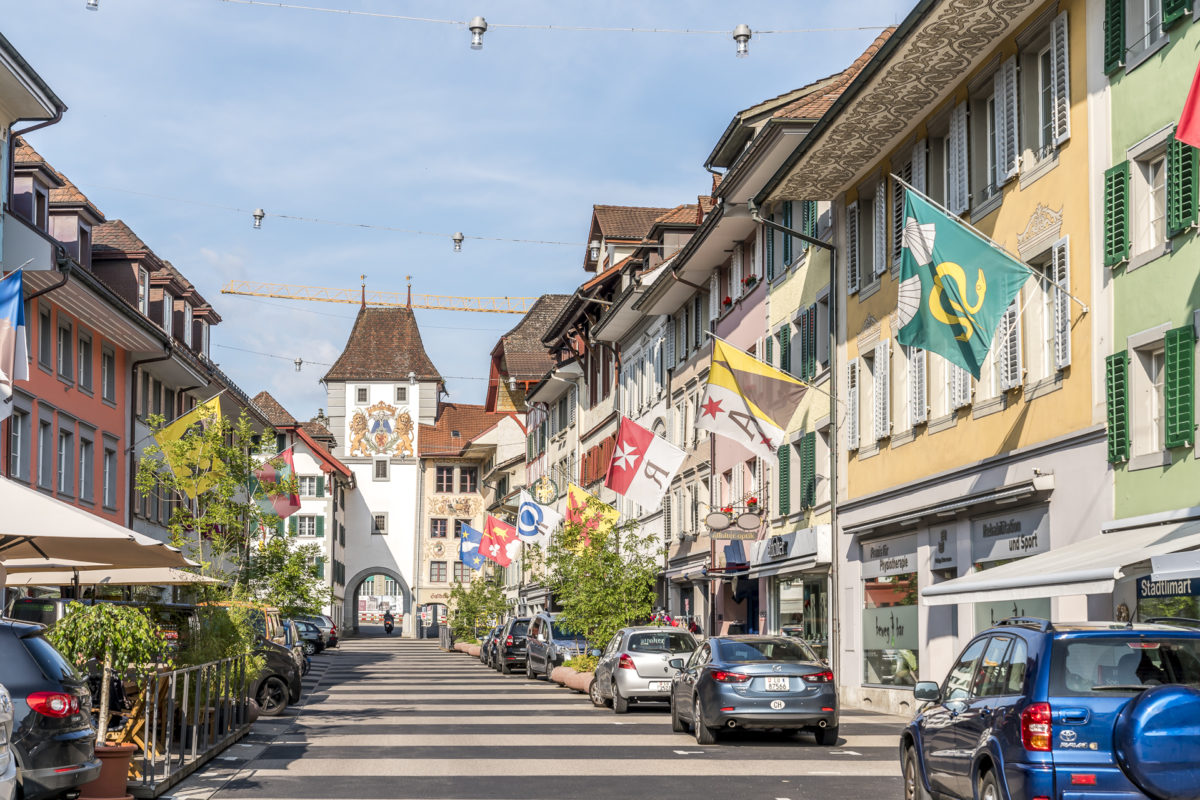
The Willisauer Ellenmass, to the left of the entrance, is a reminder of the times when cloths were traded here. Today, the Bürgersaal on the ground floor is used for meetings, events and exhibitions. On the top floor of the building there is a special gem: a theatre stage built around 1800 and considered the oldest in Central Switzerland. From slam poetry to jazz concerts to theatre performances, the Rathausbühne is regularly used for cabaret events. Nobody will fall asleep, the historic wooden grandstand is definitely too uncomfortable for that.
After this insight into the town hall, we stroll with Evelyne Huber along the main street to the parish church of St. Peter and Paul. The distance between the two city gates is exactly 250 meters. “The Titantic was 19 metres longer,” adds Evelyne Huber, and we are amazed by this size comparison. Even if at first glance everything seems to be made of one piece, the four city fires between the 15th and 18th centuries raged to varying degrees. The rows of houses in the area of the Obertor, Müligass were spared from the last major fire and so there are still isolated wooden facades here.
If you take part in a guided city tour in Willisau, you will be shown perspectives that are not open to the public. Evelyne Huber leads us up narrow stairs to the attic of the imposing parish church of St. Peter and Paul. From here, a staircase leads to the monumental, two-storey bell tower. Built by the architect Adolf Gaudy in 1928/1929, it is considered a pioneering architectural achievement in the field of reinforced concrete. When looking at the massive construction – which at the time was only an “extension” as part of a renovation – one wonders how he managed to create this building. Up in the bell tower, Evelyne Huber shows us the weather bell that is rung when a strong storm with the risk of hail is approaching. Exactly how the weather bells affect thunderstorms has not been conclusively scientifically clarified. However, statistics show that Willisau, located in the thunderstorm-prone Napf region, is surprisingly rarely hit by severe storms.
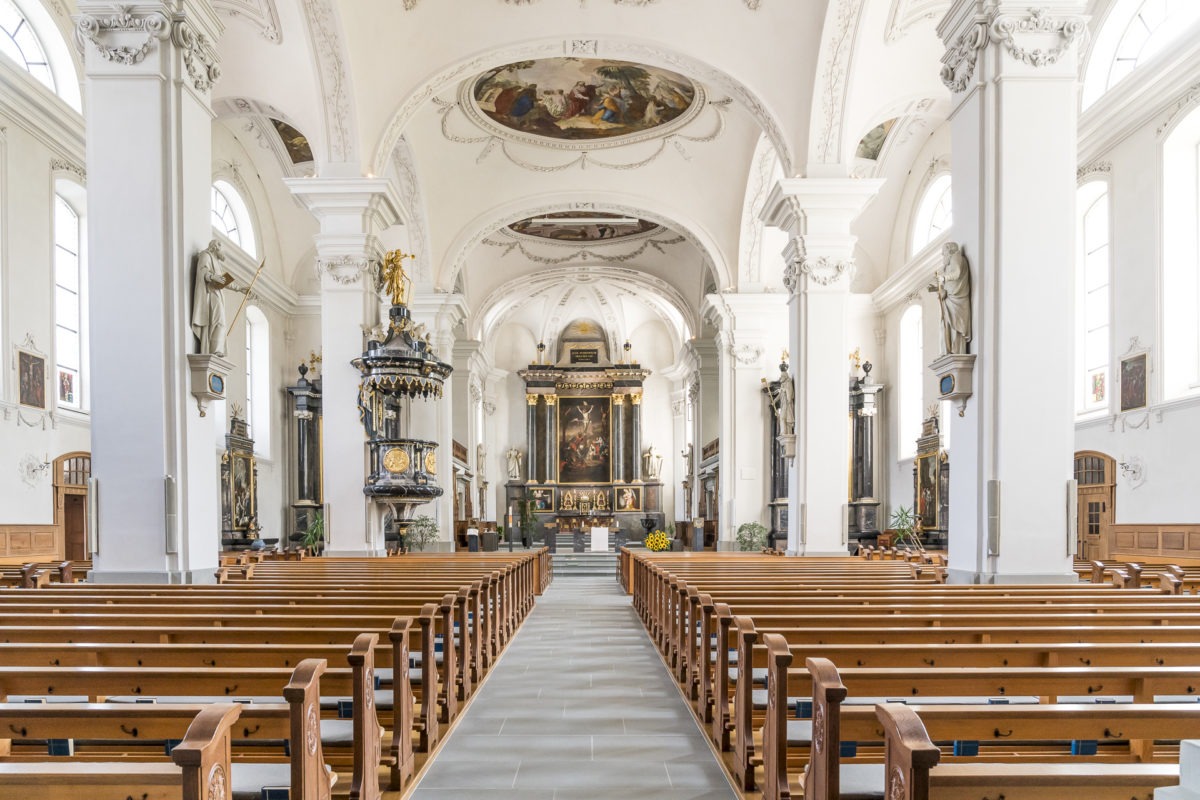
The highlight of our tour, however, is hidden behind the ringing of bells. Here, a door leads to the terrace of the bell tower – the perfect vantage point to overlook the town and the surrounding countryside.
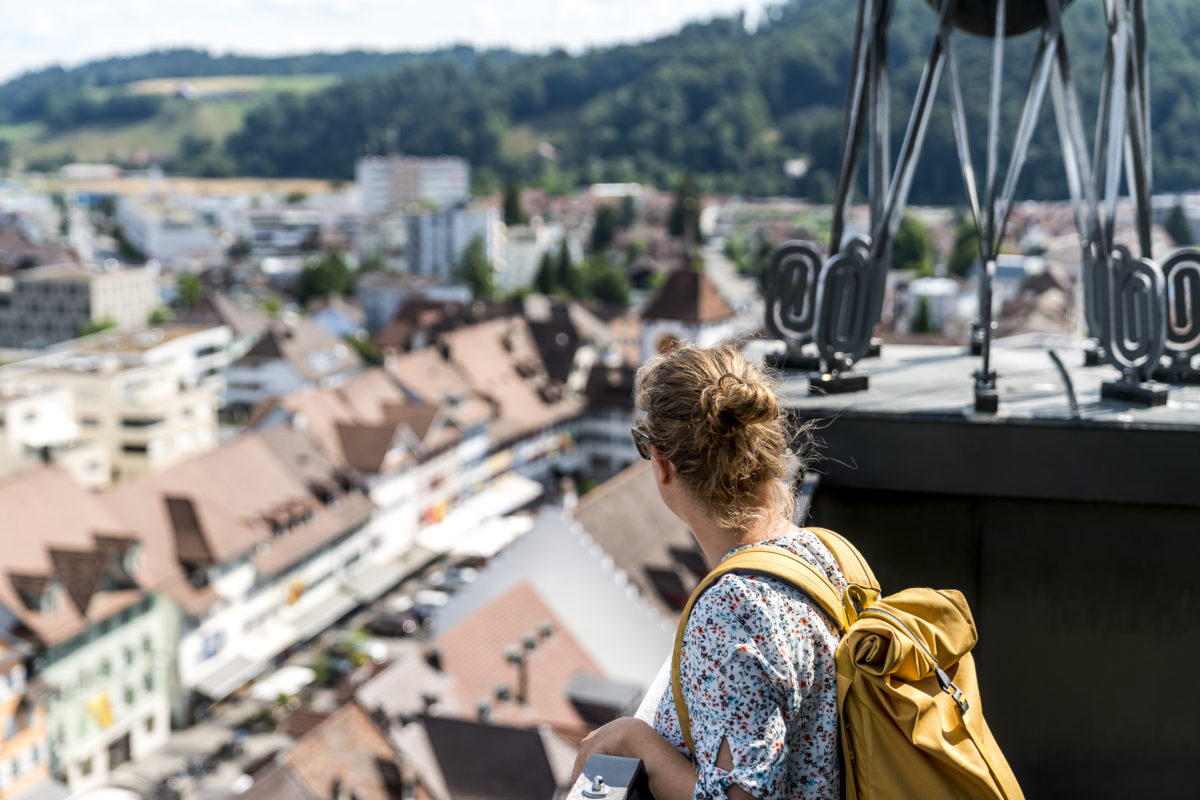
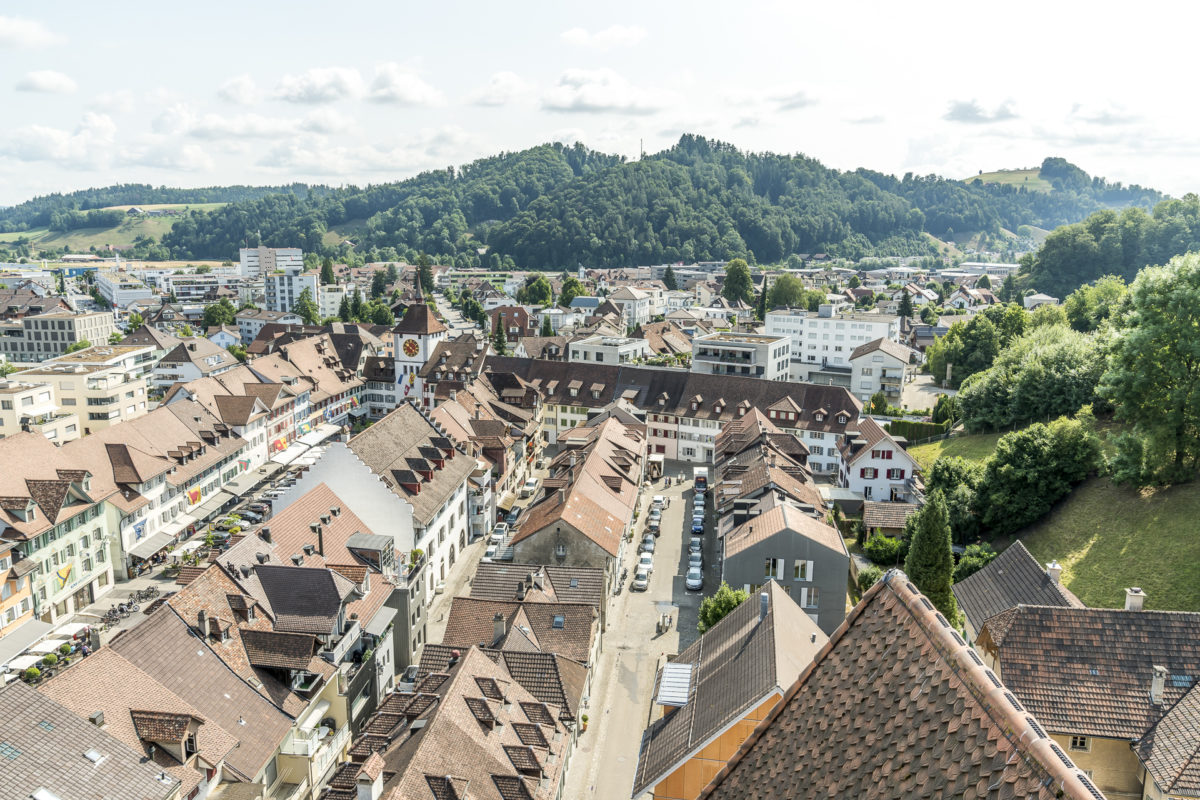
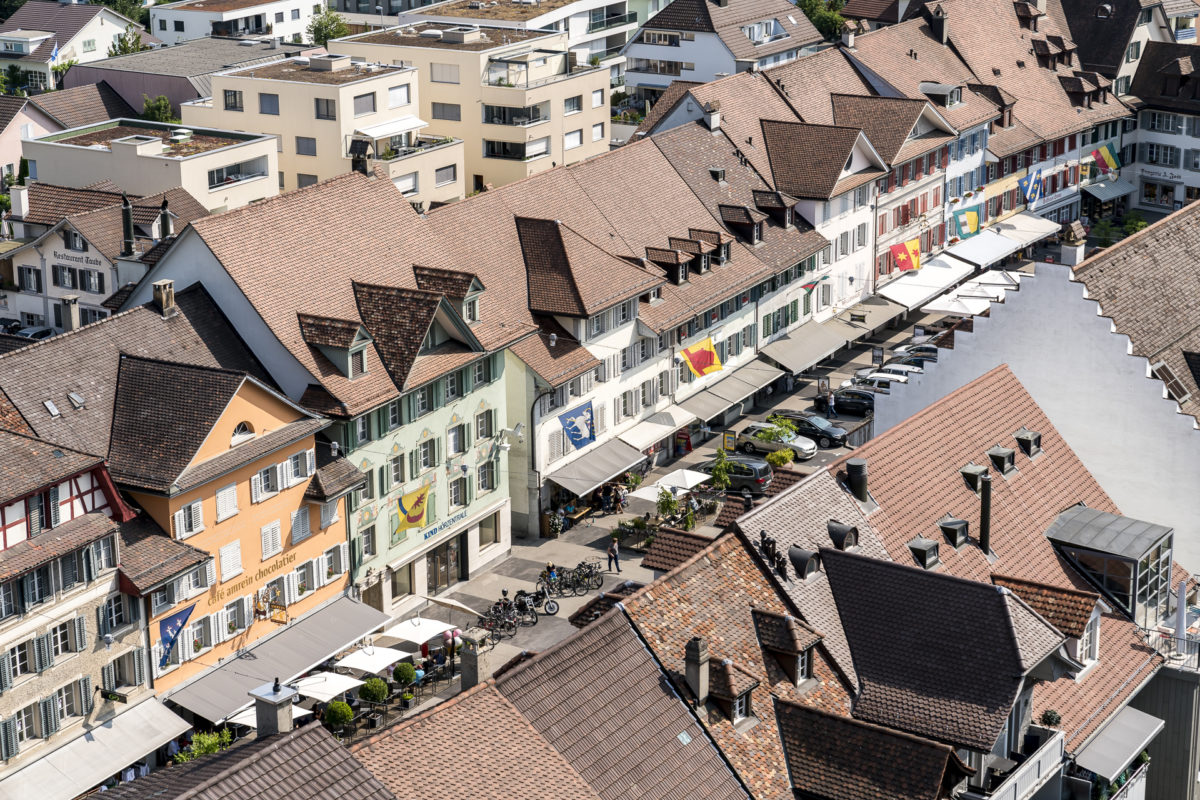
Directly behind the parish church is the striking bailiff’s castle, which is now used by the administration. Unfortunately, a visit to the magnificent baroque interior is only possible as part of guided city tours. On the other hand, what you can visit individually and free of charge is the archaeological cellar in the barn right next to the castle. The basement structure of a 500-year-old building has been found here. At the same time, the remains of the former city wall pass through this place.
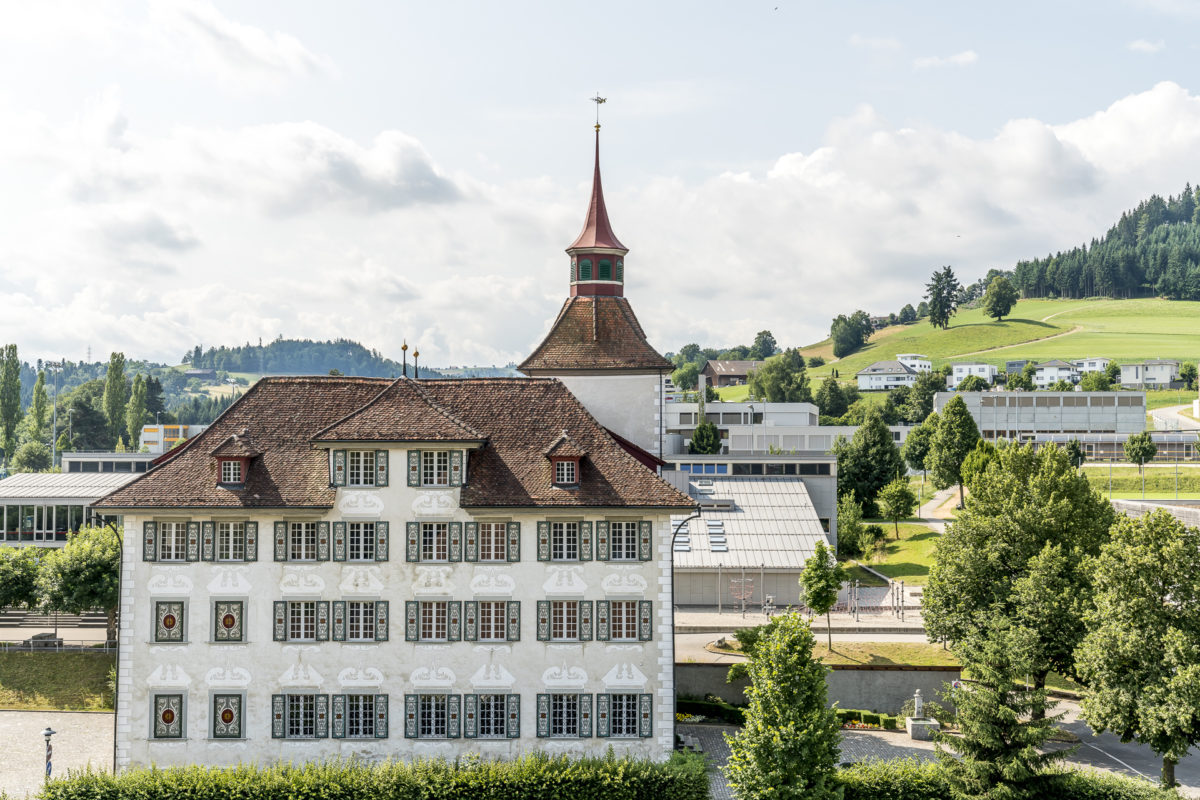
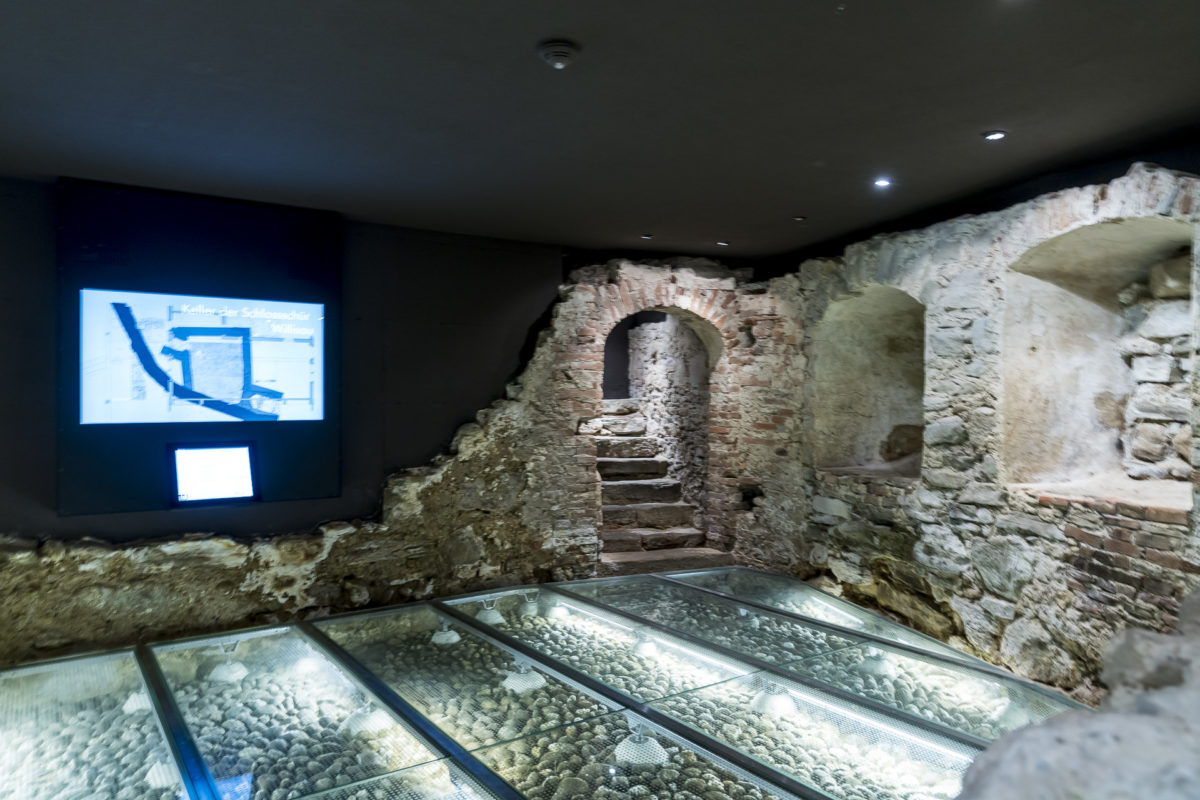
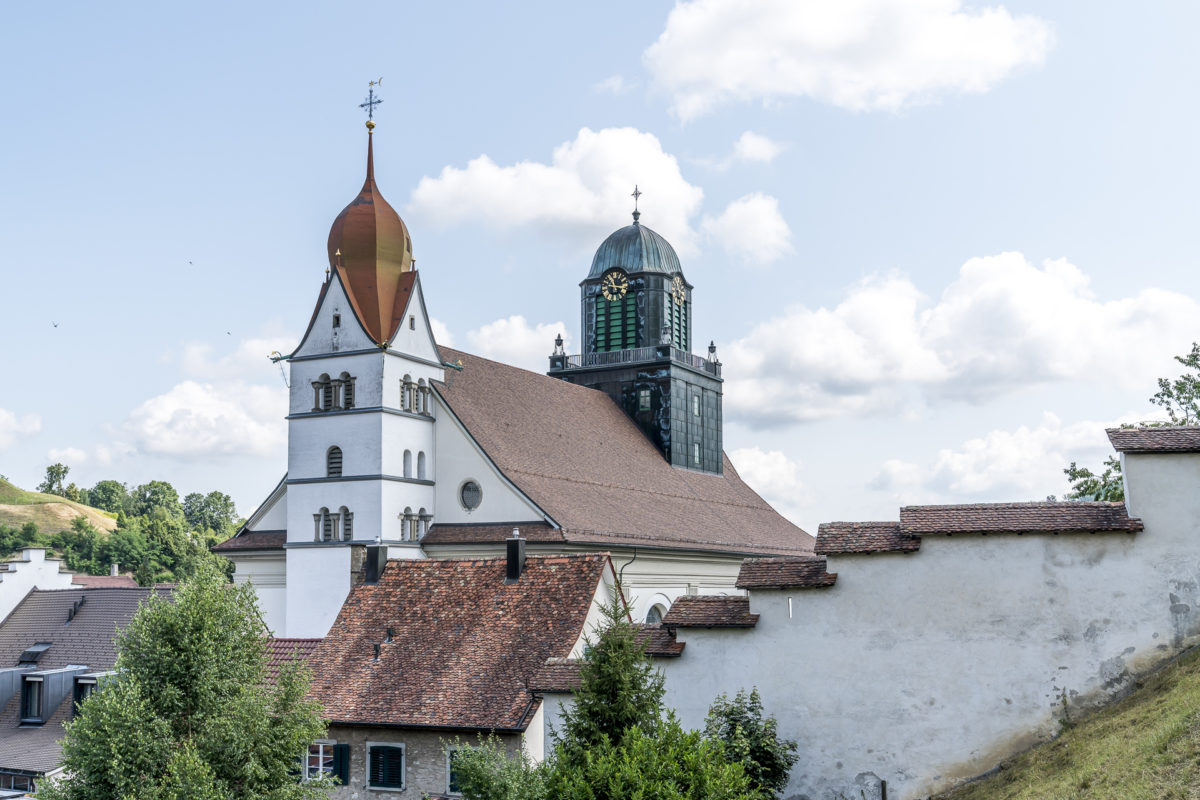
Our city tour takes us from the bailiff’s castle over the Müligass back to the Obertor. Evelyne Huber draws our attention to the inscription on the wall at Zehntenplatz. “Herrenwand” is written there. We don’t have to puzzle over the function of the wall in this section. Directly opposite the Herrenwand is the Holy Blood Chapel. The construction of the chapel is related to the legend of the Holy Blood, which is illustrated in eight oil paintings inside. In the past, the chapel was a place of pilgrimage with regional appeal. To this day, a procession of atonement takes place on the second Sunday after Pentecost to commemorate the sacrilegious deeds of the legend.
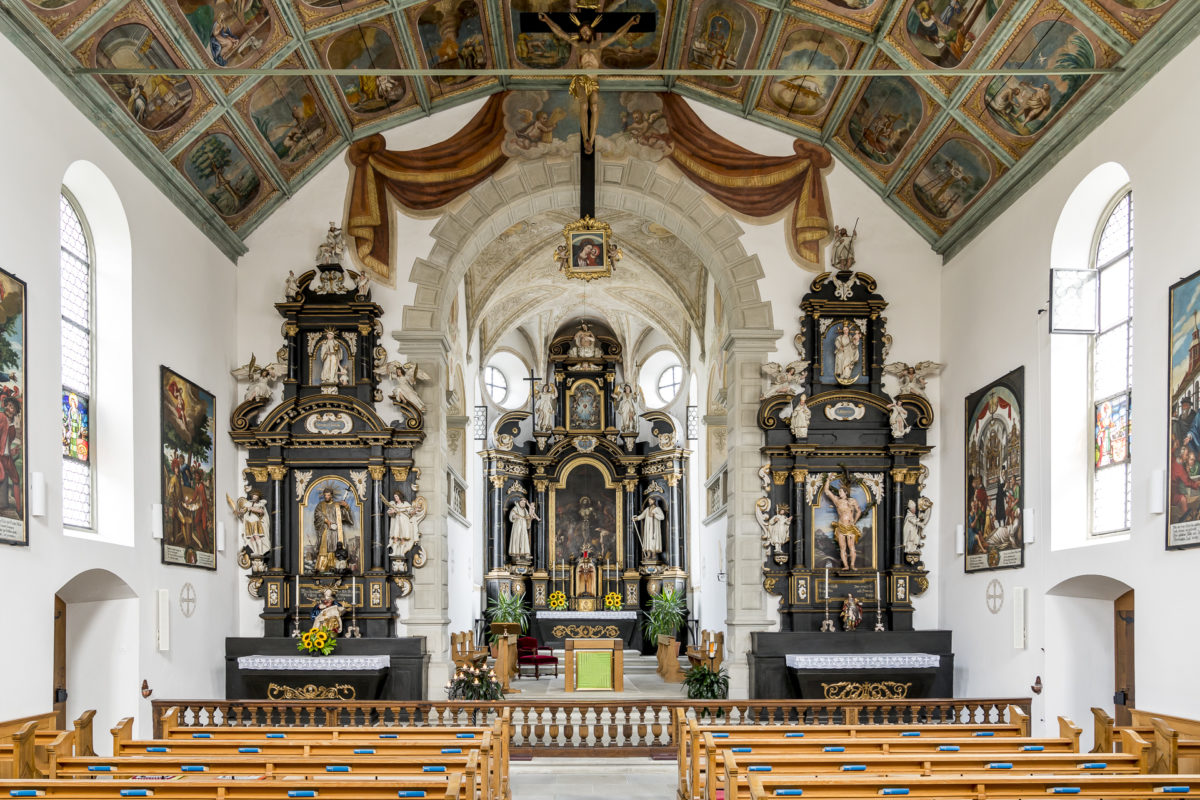
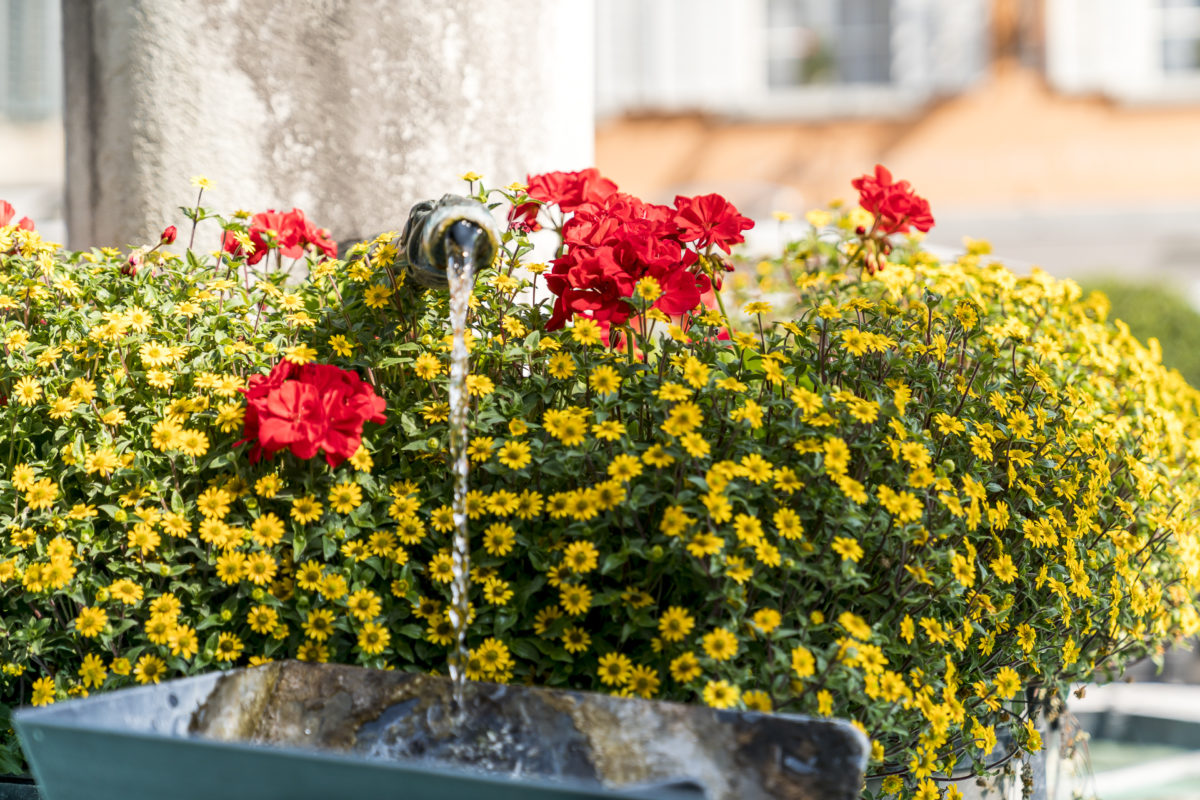
The Willisauer Ringli Trick
We end our tour through the town of Willisau at one of the three heptagonal fountains – one of the numerous special features that Evelyne Huber draws our attention to on the extremely entertaining tour. Vis-à-vis the fountain is Café Amrein – the original house of the Willisauer Ringli. The original is still produced in-house today. The difference to the much more well-known version of Hug is that the Willisauer Ringli in the original recipe are much harder. Finally, Evelyne Huber shows us how the locals “tackle” the rock-hard biscuits. Place the ring in the palm of your right hand and hit it exactly in the middle with your left elbow. If the Ringli is an “original”, there are four pieces on the palm of your hand, which you slowly let melt in your mouth. “Süggälä,” I hear my father’s admonishing voice in my head. In my attempt to imitate this, I fail miserably. After five unsuccessful attempts, my elbow is bleeding – but the ring is still whole. The friend is much more successful and proudly presents his neighborhoods.
p.s. by the way, the hole is not punched out, but the dough is brought to the tray in this shape with the help of a piping bag.
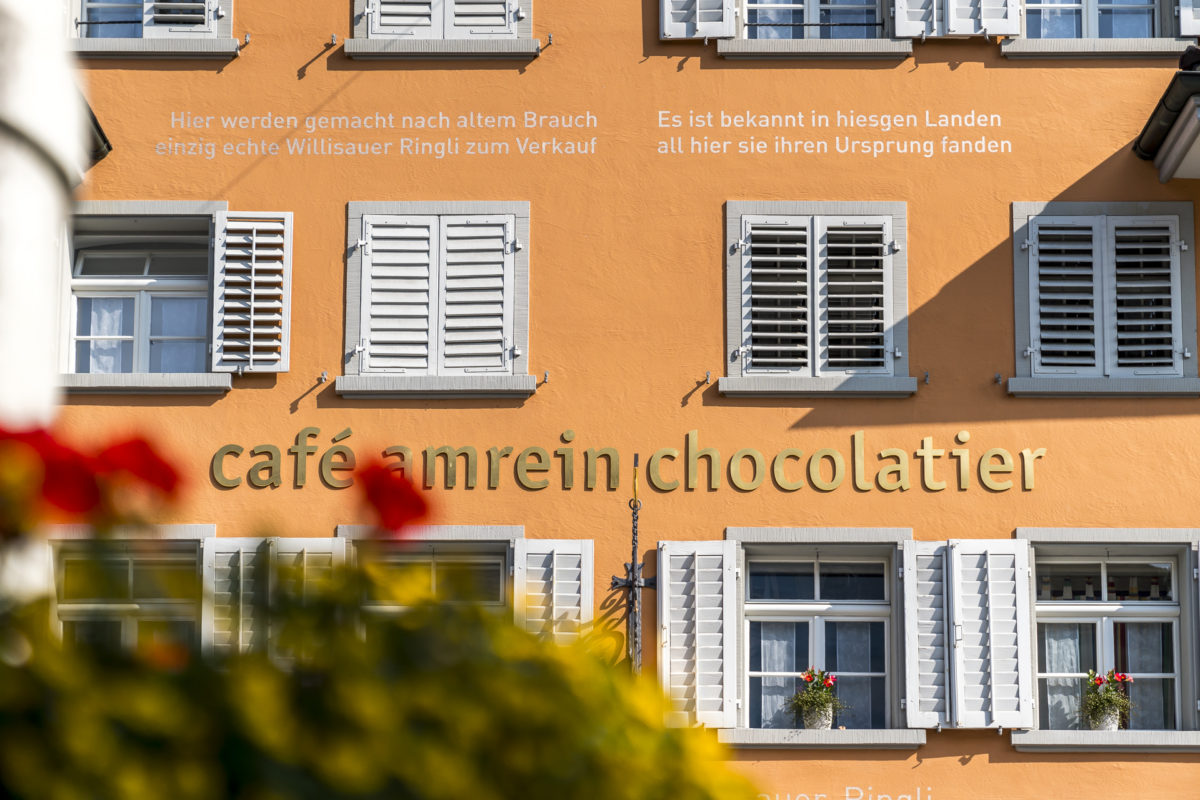
Diwisa – Traditional company in Willisau
The morning is over in no time. We could have listened to Evelyne Huber’s anecdotes about Willisau even longer. A fun walking tour of the city that I recommend to everyone. The public tours take place from May to October on the first Saturday of the month between 1:30 p.m. and 3:30 p.m. (cost 19 CHF).
Before we take a look at another traditional Willisau business, we fortify ourselves in the restaurant da Fusco, which is located directly on the main street. Pizza from the wood-fired oven, homemade pasta – if you like Italian cuisine, you’re in good hands here.
Afterwards we go to the industrial area of Willisau. Until 2006, Willisau Stadt (i.e. the small area within the city gates) and Willisau Land (everything around it) were two separate municipalities. Hard to believe, right? Today, however, the feuds between the townspeople and the Ländler are definitely buried. In the suburbs, south of the train station, there is not only Hug AG, which produces the Willisauer Ringli here on a large scale, but also one of the most modern and largest distilleries in Switzerland. The history of the “Diwisa” goes back a good 100 years to the beginning of the 20th century. At that time, Hans Affentranger founded a sole proprietorship for the production of spirits, liqueurs and syrups. Soon, the distilled water from Willisau was known beyond the region. Particularly popular was the “Träsch” (pome fruit brandy), which was used for the Kafi Luz. Fruit brandies are still one of Diwisa’s most important products. However, the product range has expanded over the past 100 years. In addition, the Xellent Swiss Vodka and the Xellent Swiss Edelweiss Gin have been added. The Xellent Swiss Vodka, which also forms the basis for the gin, is based on rye and glacier water and is made from 100% Swiss raw products.

Step by step to your own gin
In addition to a factory shop, Diwisa offers guided tours of the production process of the individual products at the Willisau site. We will take part in a gin tour this afternoon. To do this, we first go to the herb garden on the Diwisa site and pick the “botanicals” (herbs) that later give our gin its aroma. Then it’s off to the workshop rooms, which are located directly behind the kilns of the Diwisa. Here we are grouped around the mini kilns and are instructed in the art of distillation by the experts on site.
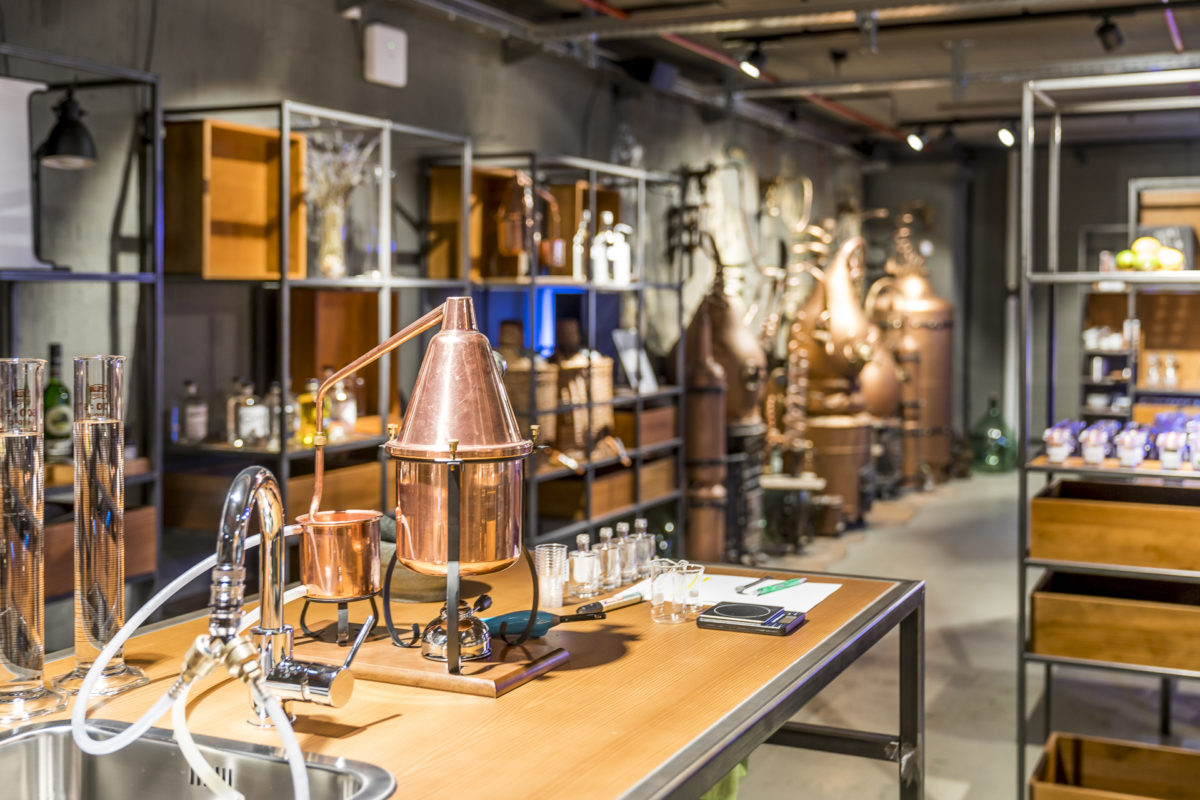
The first thing we do is mix our botanicals together. This included, of course, juniper berries – and then we experiment with a combination of nutmeg, lemon balm, peppermint, sage, blackberries and blueberries. Will it taste good? The botanicals are mixed with the vodka in the distillation plant (the vodka performs the function of a neutral alcohol of agricultural origin, which by definition is the basis of a gin) and then heated. Now all we have to do is wait tensely until the first drops of gin drip out of the still after a good 15 minutes. In order to isolate the different aromas that arise during the distillation process, we collect the drops with small cups. In this way, we can taste at what point in time the most aromatic gin results according to our taste.
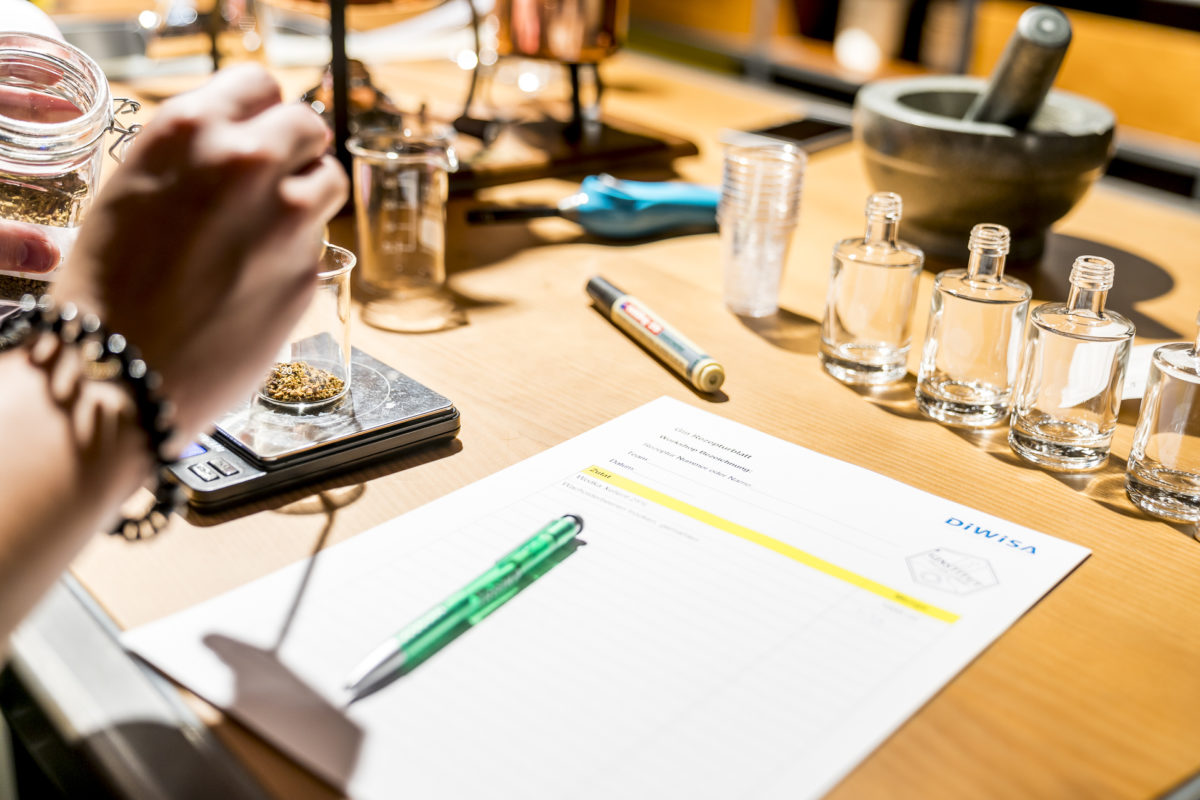
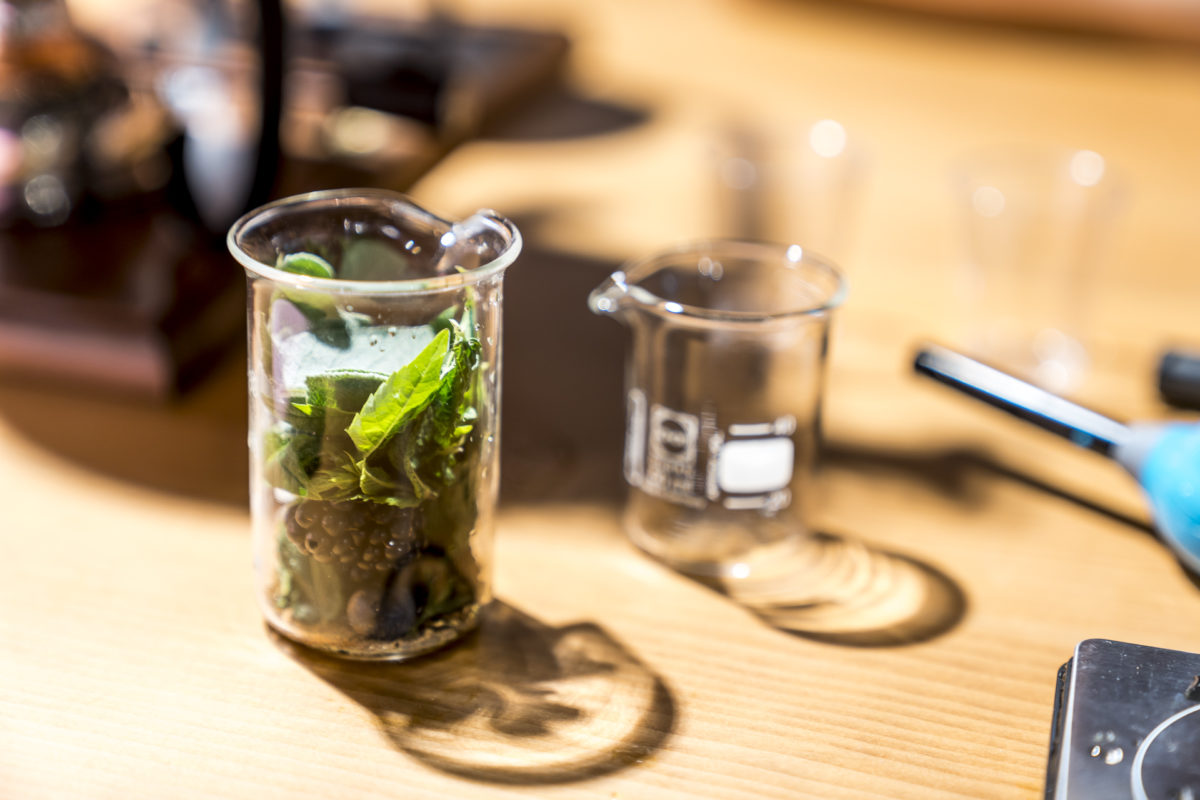
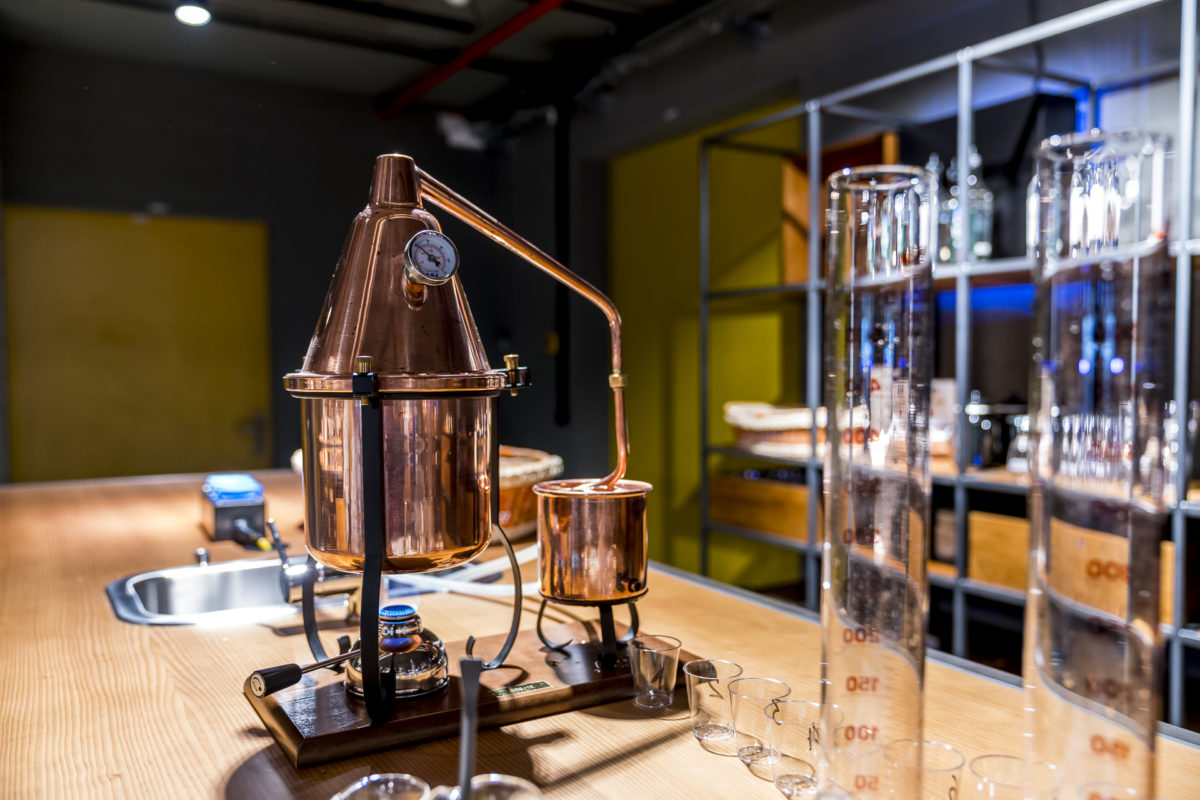
After more than an hour of hard work, each of us is the proud owner of a bottle of homemade gin. Now, accompanied by a fine aperitif, we can sniff the gin creations of the other workshop participants and mix ourselves a gin and tonic.
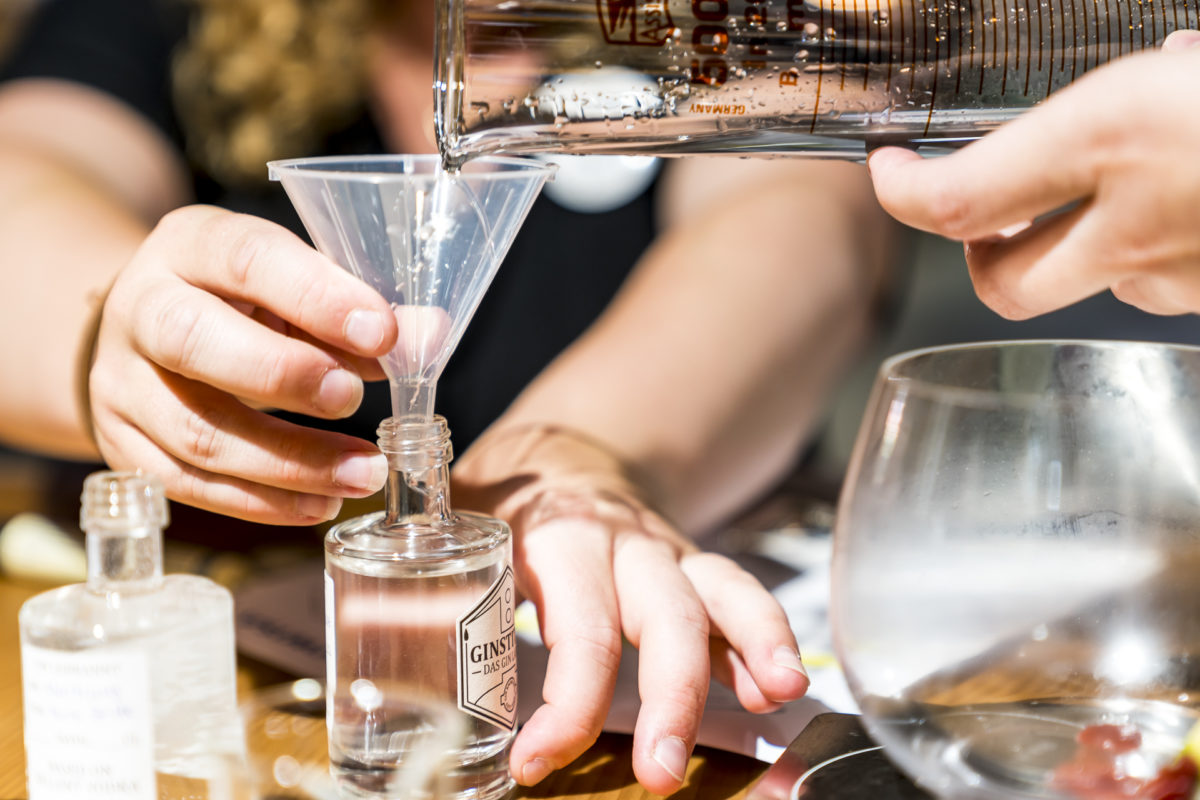
Tip: Kafi Luz Walking Tour
While the Gin Tour is an offer that is primarily aimed at groups, Diwisa offers a public visitor tour on the subject of Kafi Luz every 1st and 3rd Friday as well as every last Saturday of the month. Individuals can also participate. This tour also offers an insight into the distillery – from fruit reception to bottling. Afterwards, you can prepare your own Kafi Luz in the traditional way under expert guidance.
[alert color=”FFFFFF” icon=”Select a Icon” title=”BLS Ausflugstipp it’s Gin o’Clock“]
The tour of the Willisau distillery followed by a gin workshop can be booked by appointment. The offer is aimed at groups and the cost is a flat rate of 640 CHF for up to 8 people. All further information can be found here: Gin Tour
The Kafi Luz tour, which is dedicated to a piece of Lucerne’s cultural heritage, can be booked individually. The approximately two-hour guided tour, including Kafi Luz tasting and a typical Hinterlander snack, costs CHF 40 for adults aged 18 and over.
[/alert]


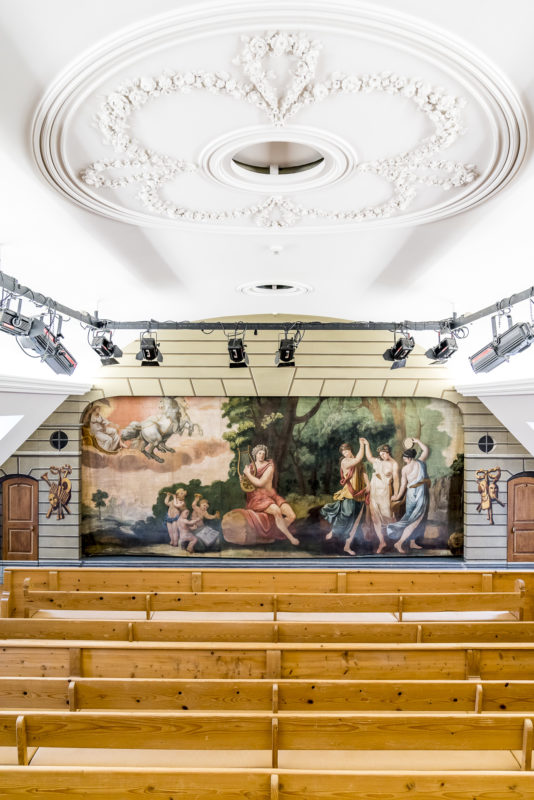
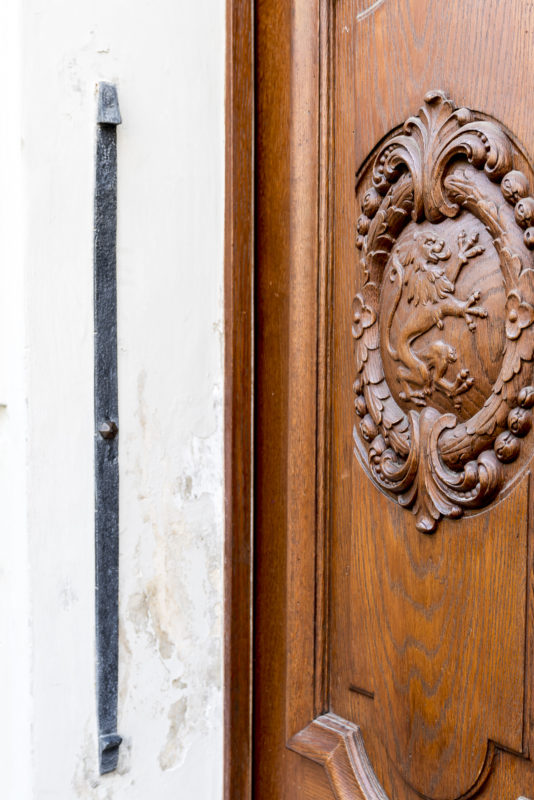
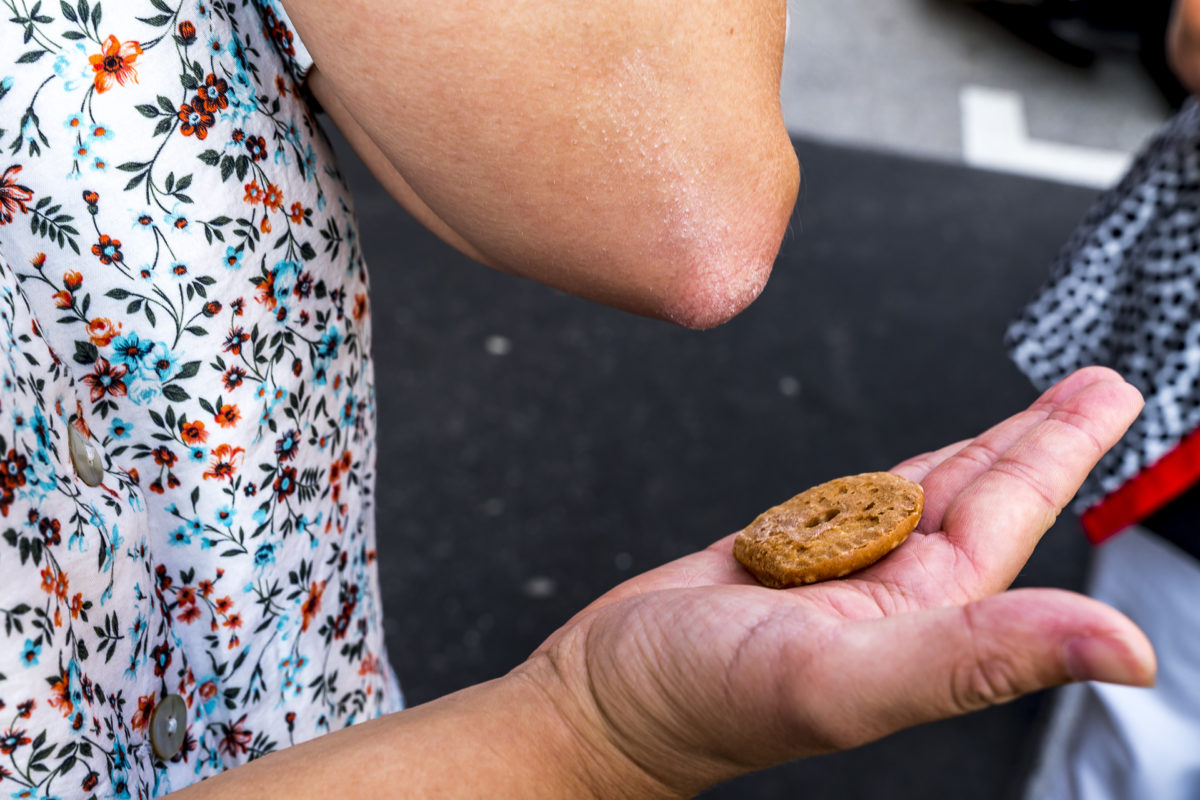
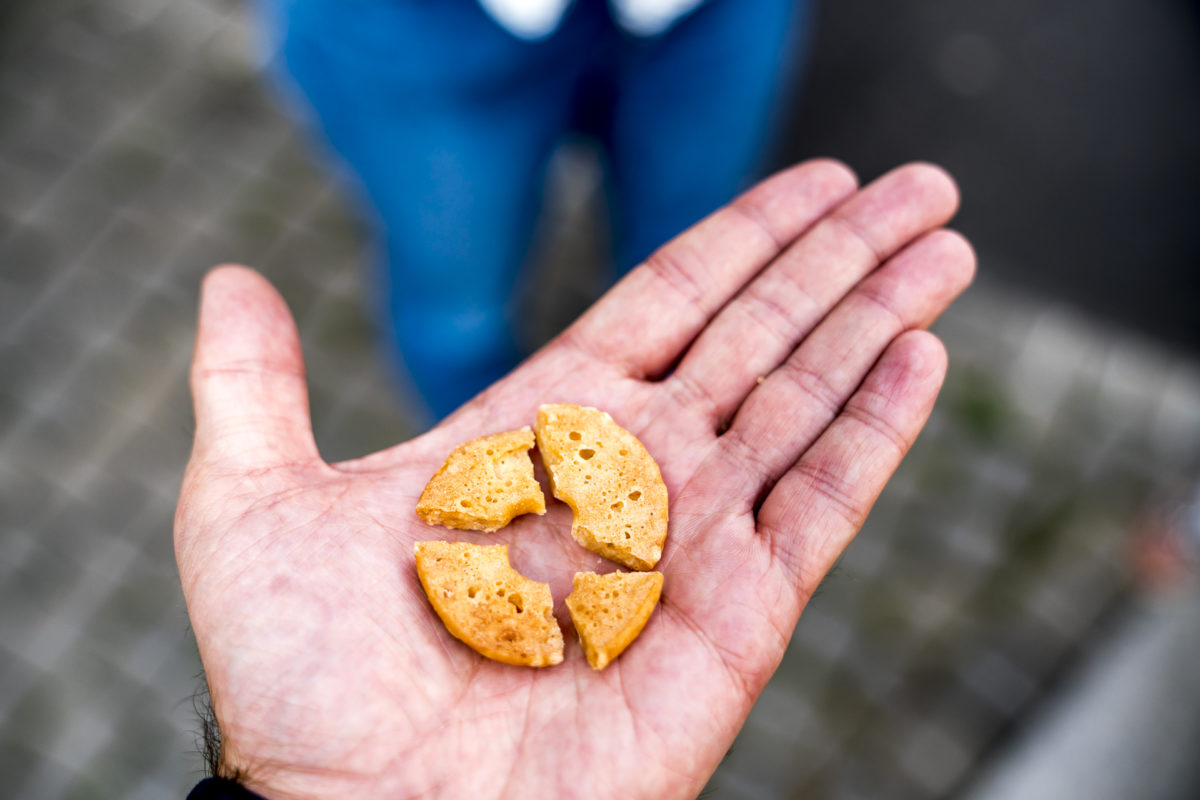
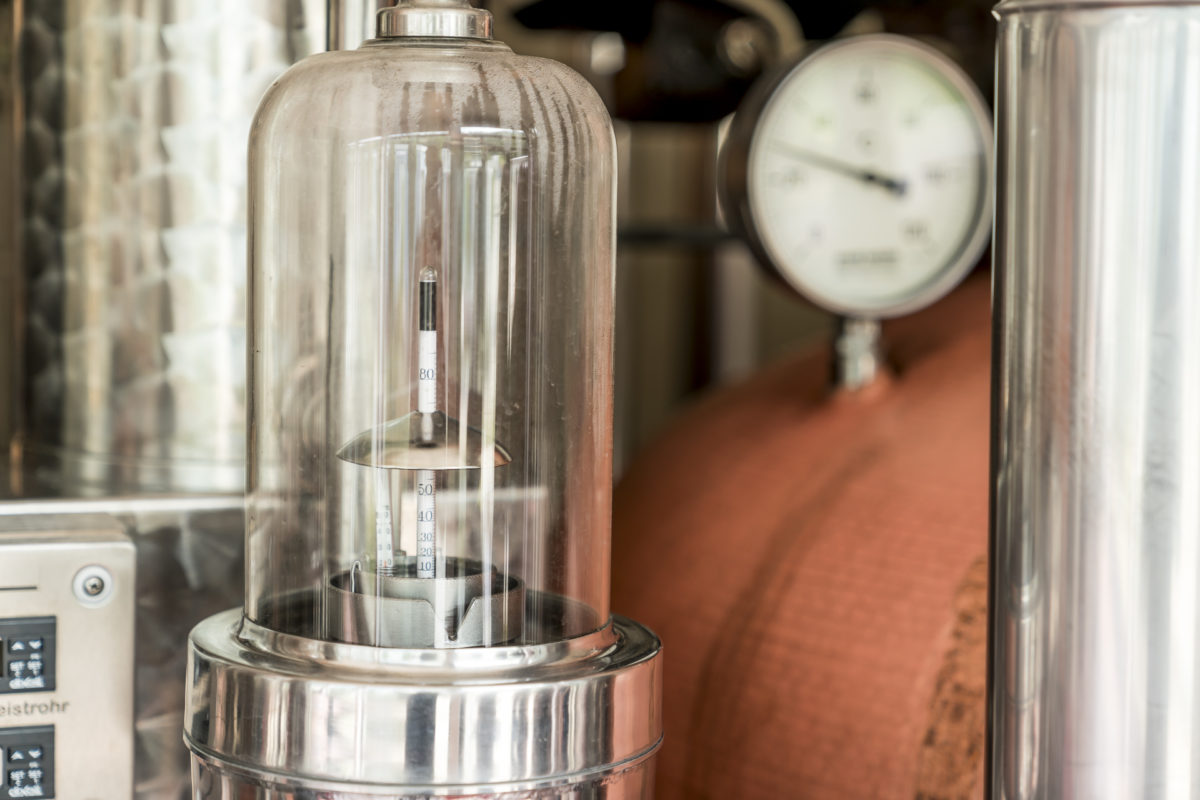
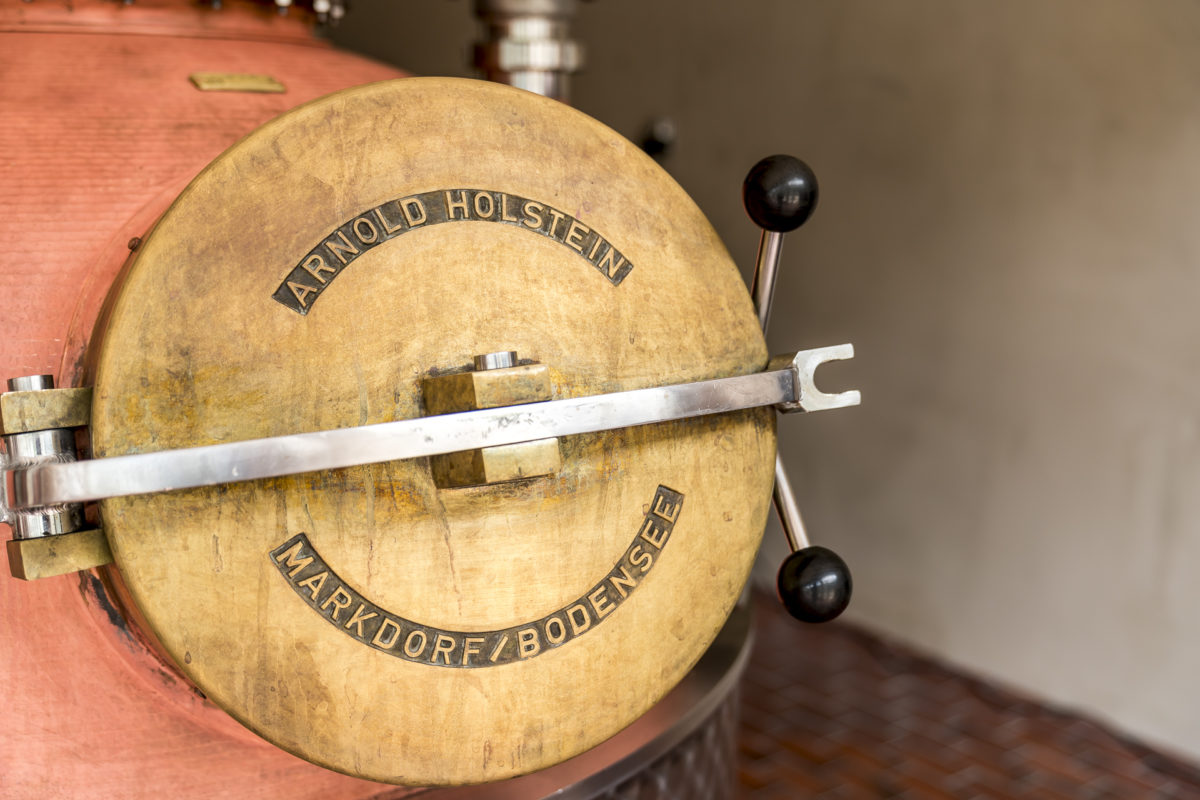
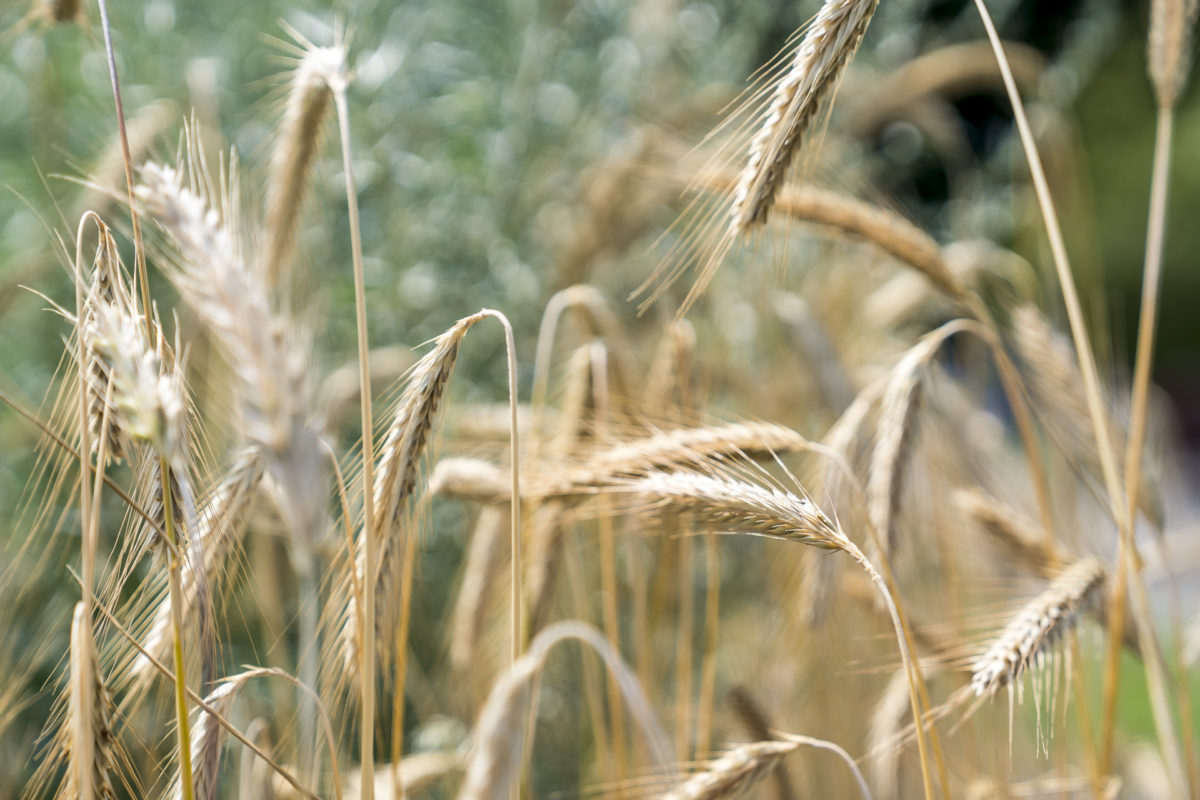
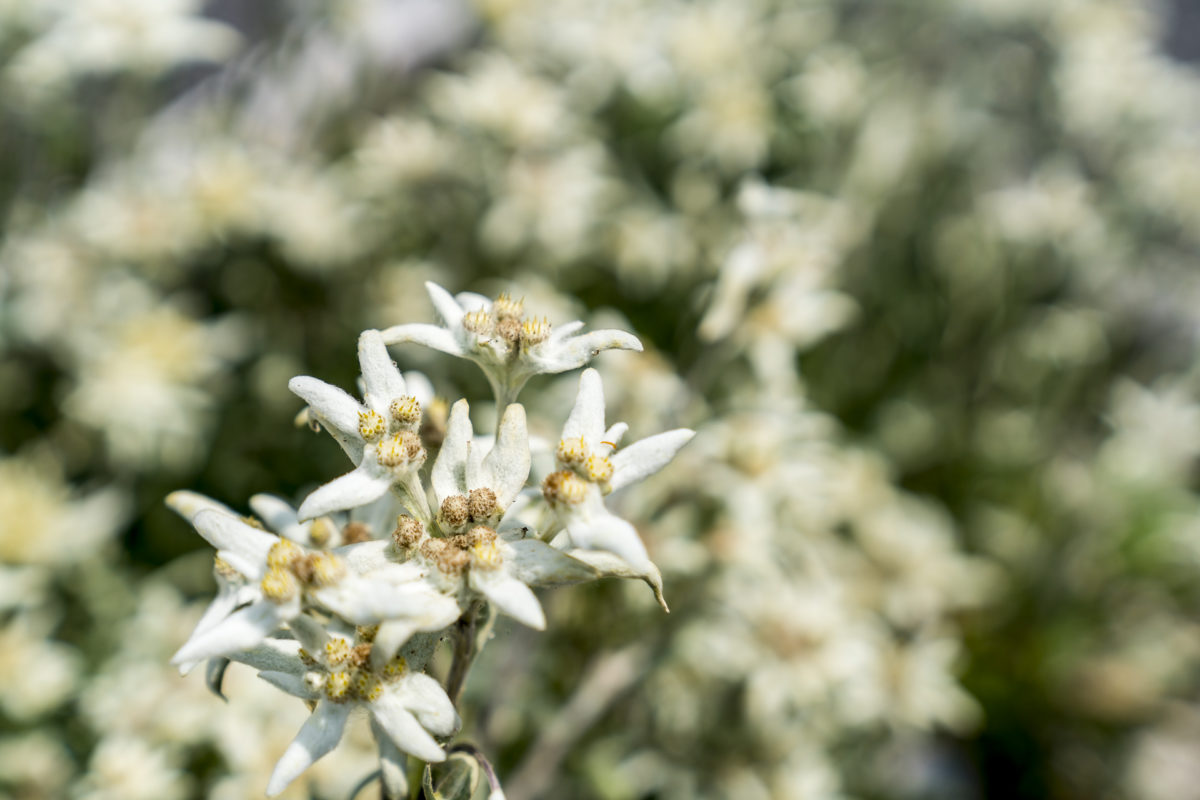
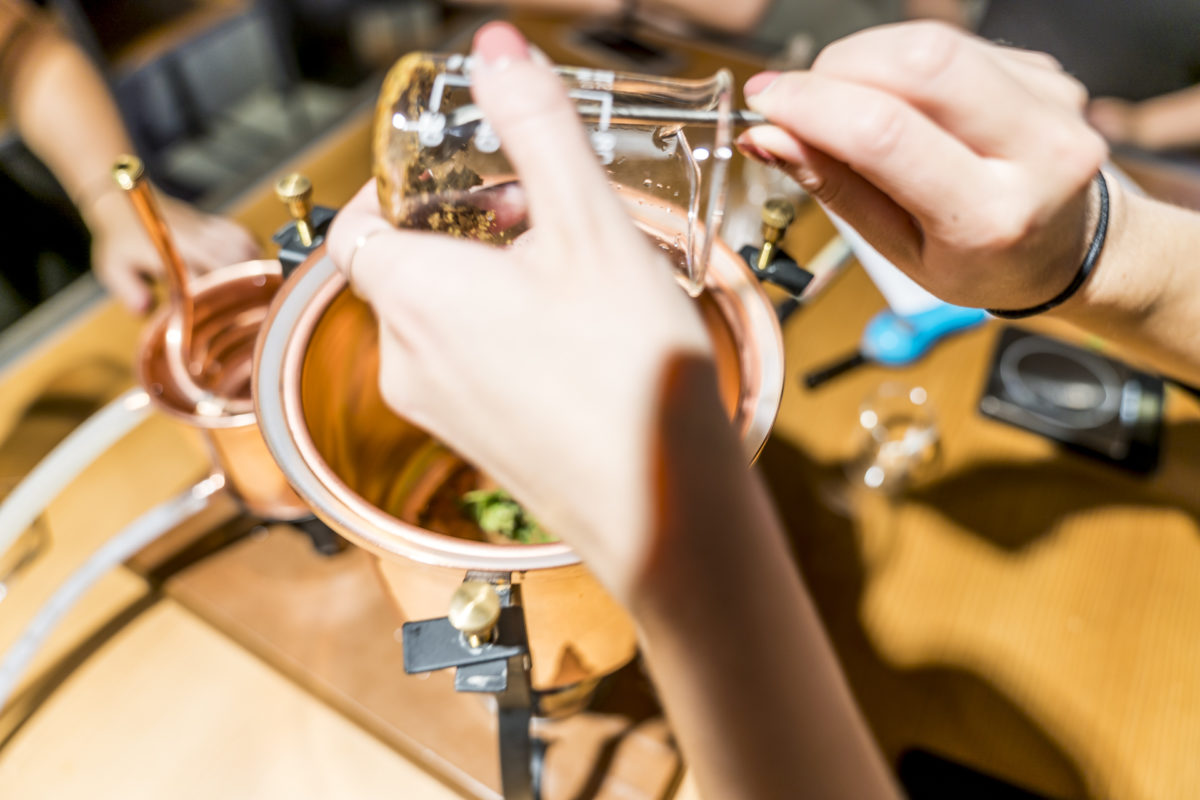
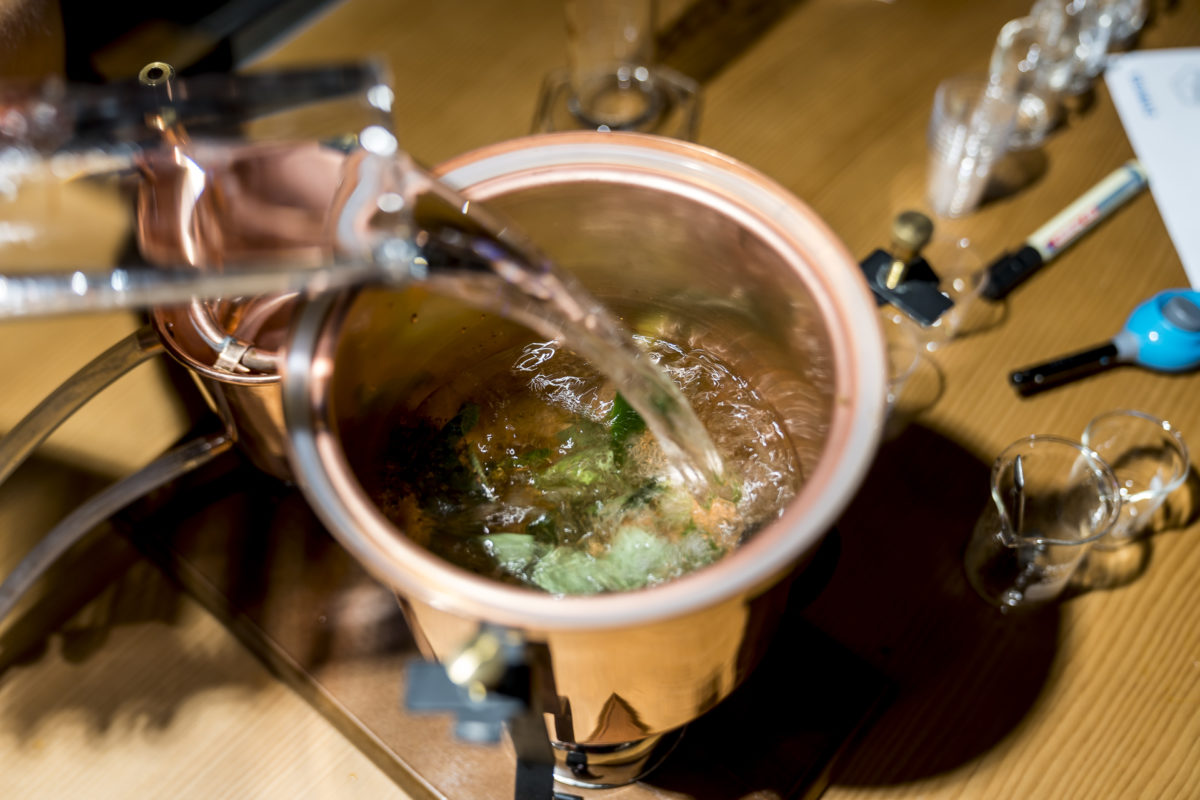
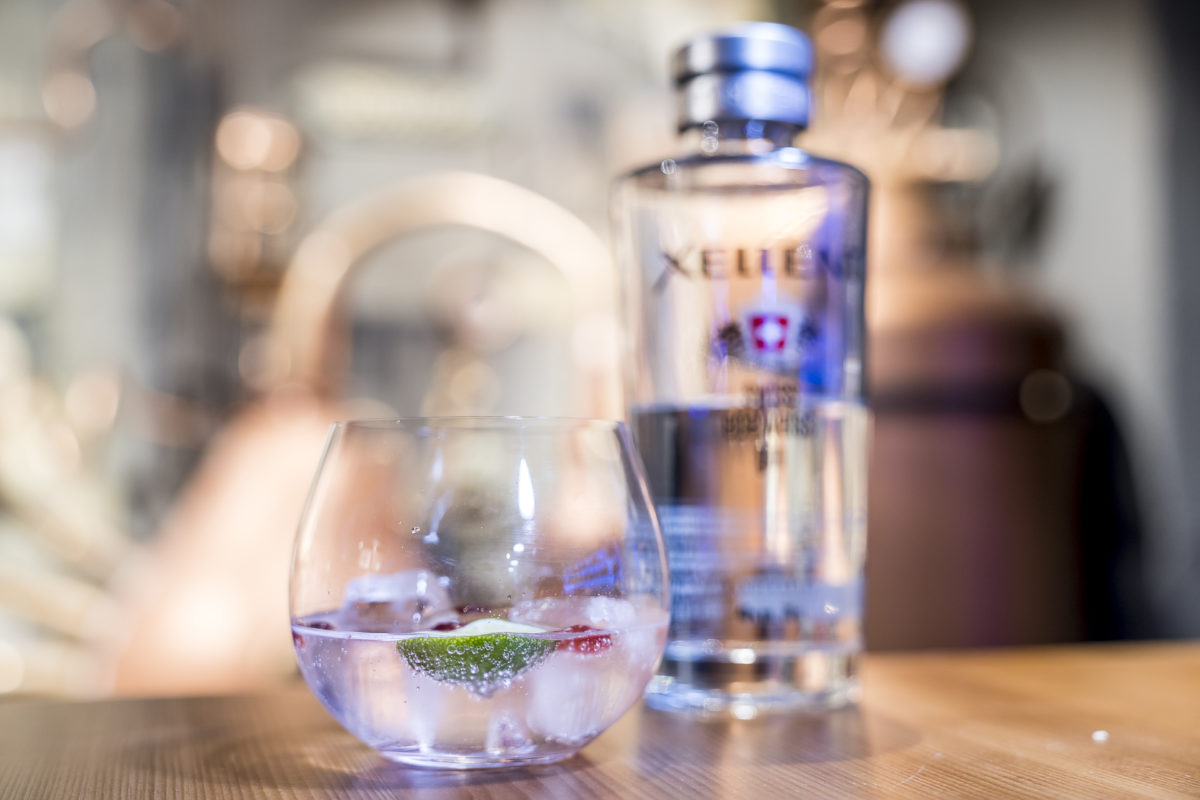
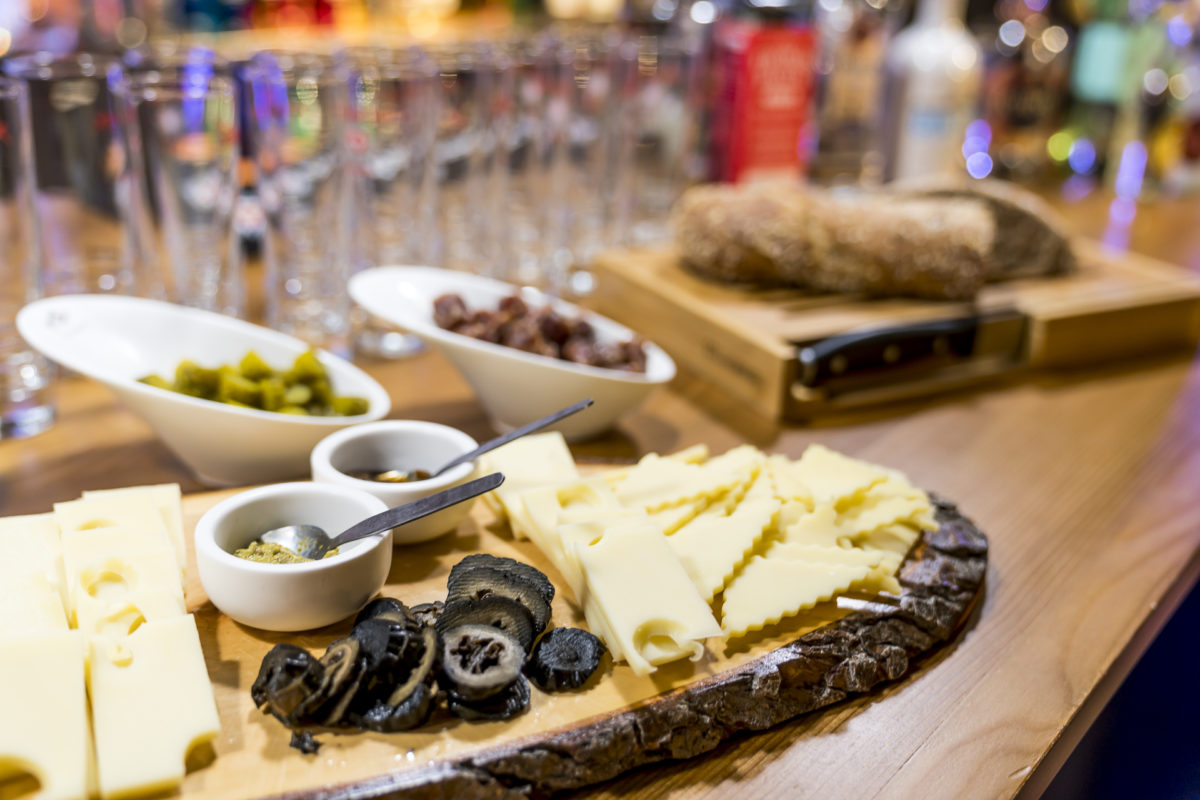

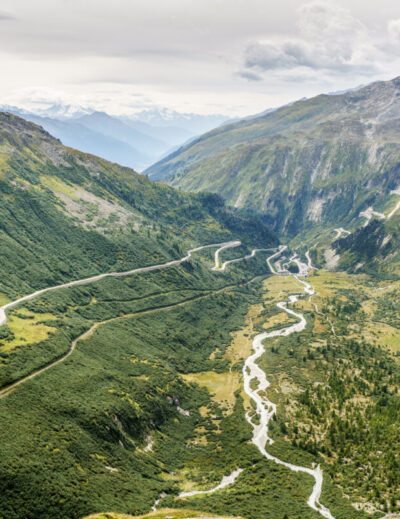
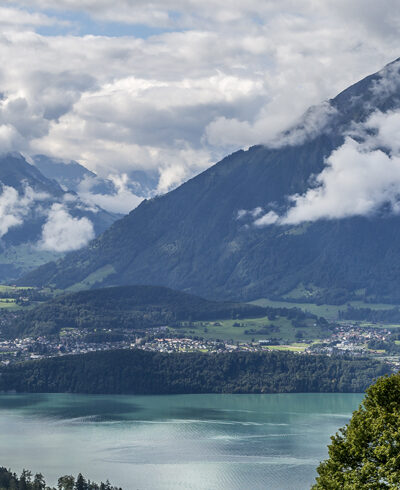
Leave a Reply